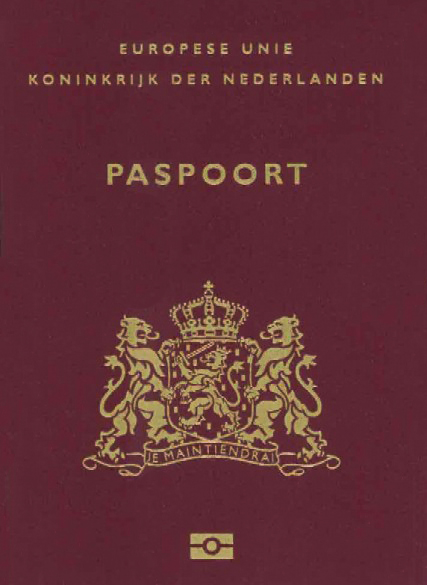A review of the Advocate General’s opinion in Joined Cases C-203/15 and C-698/15 An article by Pieter Gryffroy* A. Introduction In its judgement of 8
Weiterlesen

A review of the Advocate General’s opinion in Joined Cases C-203/15 and C-698/15 An article by Pieter Gryffroy* A. Introduction In its judgement of 8
Weiterlesen
An article by Pieter Gryffroy* I. Introduction On 4 May 2016, the official text of the General Data Protection Regulation (Regulation (EU) 2016/679), replacing the
Weiterlesen
An article by Pieter Gryffroy* I. INTRODUCTION On 2 February 2016, the European Commission announced[1] that it had reached an agreement with US authorities on
Weiterlesen
Saar Blueprint features analysis of Safe Harbor Decision „Maximillian Schrems v Data Protection Commissioner“ (C-362/14) and other recent developments The most recent publication in our
Weiterlesen
The difficulties of information management for intermediaries By Oskar Josef Gstrein[1] A. Introduction “The medium is the message”.[2] This phrase coined by the Canadian philosopher
Weiterlesen
Analysis of the ECJ Opinion in Willems and Others (C-446/12 to C-449/12) by Kanad Bagchi and Oskar Josef Gstrein[1] I. Introduction On the 16th of
Weiterlesen